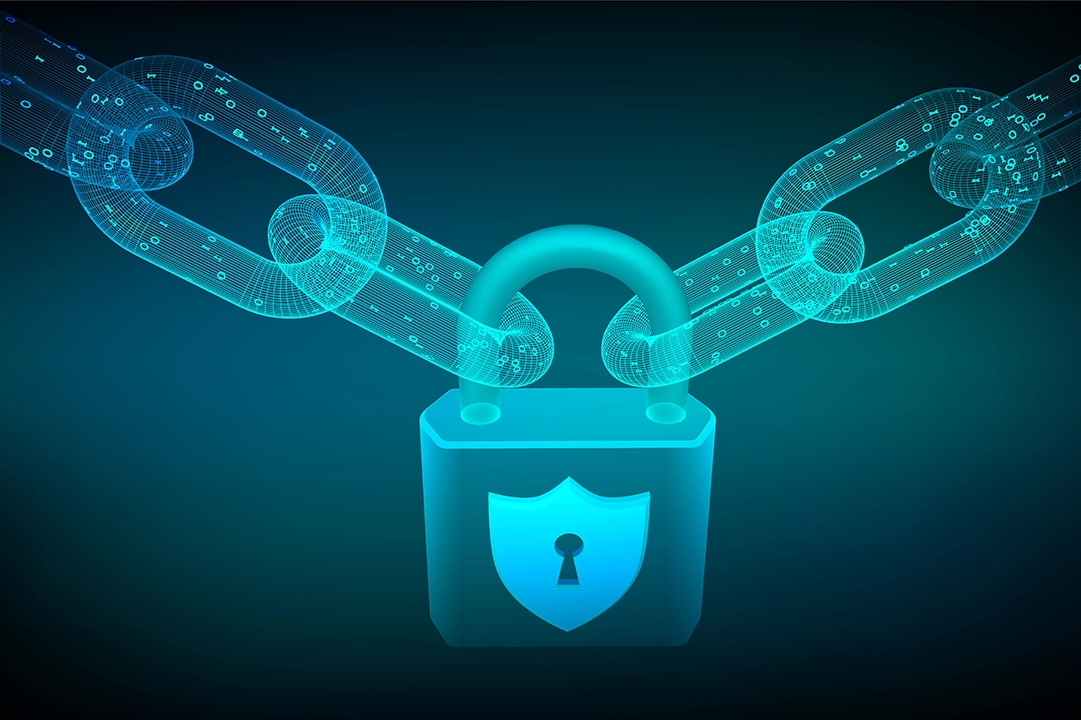zkSync: A Scalable Blockchain Solution

Table of Contents
Ethereum is a popular blockchain that helps people trade digital assets and use smart contracts. It’s a big part of decentralized finance (DeFi) and non-fungible tokens (NFTs). But Ethereum can battle a few issues. For instance, it can be slow, has high fees, and uses a lot of energy because of its older proof-of-work (PoW) system.
To solve these issues, Ethereum has introduced tools like zero-knowledge rollups (zk-Rollups), zkSync, and Optimistic Rollups.
Now, zkSync is a technology that makes Ethereum faster and cheaper. It works by grouping many transactions together and only sending important details to Ethereum. This saves time and money.
Today, we will walk you through everything you must know about zkSync and how it is a scalable blockchain solution.
What Is zkSync?

As aforementioned, zkSync is a popular technology that helps Ethereum work faster and handle more transactions.
The “zk” in zkSync stands for zero knowledge, and “rollups” refers to how it uses smart contracts.
These smart contracts group many transactions together and send them to Ethereum as one single transaction. This process makes Ethereum faster and cheaper to use.
Zero-knowledge proofs, or zk-Proofs, are a special kind of technology used by zkSync. They let Ethereum confirm that transactions are valid without revealing all the details behind them. It’s almost like proving you know a secret without actually sharing the secret. This keeps transactions secure while still being efficient.
zkSync is very important for Ethereum because it solves some of its biggest problems, like high fees and slow speeds. By clubbing transactions and using zk-Proofs, zkSync makes Ethereum more user-friendly and scalable.
It’s a great example of how new ideas in blockchain technology can improve older systems and help more people use them easily and affordably.
Features Of zkSync: A Scalable Blockchain Solution

Let’s look at all the key features of zkSync.
zkSync is a Layer 2 scaling solution for Ethereum that enhances transaction speed and reduces costs while maintaining security. Here are the top key features.
Scalability
ZkSync makes Ethereum much faster by bundling many transactions off-chain. Instead of processing each transaction individually on Ethereum, zkSync combines them into one batch and sends a single proof to the Ethereum main network.
This process is called a rollup and helps save time and energy. With zkSync, Ethereum can handle thousands of transactions every second and solves the problem of slow speeds during busy times.
By improving scalability, zkSync ensures users can interact with Ethereum more efficiently and without long delays. This makes it ideal for supporting more apps and users on the blockchain.
Lower Transaction Fees
zkSync makes using Ethereum way cheaper by bundling a bunch of transactions together before sending them to the main network. This means Ethereum has less work to do, which cuts down costs.
Instead of paying a big fee for every single transaction, you just pay a small part of the combined one. It’s like splitting the bill with friends and it saves money.
This is super handy when Ethereum fees get high during busy times. With zkSync, using Ethereum becomes way more affordable and simple for everyone, whether you are a developer or just sending some tokens around.
Security
zkSync is super secure because it builds on Ethereum’s trusted security system. It uses something called zero-knowledge proofs, which are excellent. Basically, they let the system confirm that transactions are valid without needing to share all the details.
So, your sensitive info stays private while the transaction still gets verified. It’s like showing you have the key to a lock without ever showing the key itself.
By keeping everything safe and private, zkSync makes off-chain transactions just as reliable as on-chain ones. Thus, you get the best of both worlds: security and efficiency!
EVM Compatibility
zkSync is super friendly for developers because it works with Ethereum’s coding languages like Solidity and Vyper. If you have already built something for Ethereum, you don’t need to rewrite everything to use zkSync. Just a few small changes, and your smart contracts can run on zkSync without any trouble.
This makes it really easy to integrate zkSync into apps that already exist on Ethereum. So, if you are building DeFi tools, NFT platforms, or anything else on Ethereum, zkSync lets you scale up without starting from scratch. It’s like upgrading your tools without having to replace them.
Account Abstraction
zkSync comes with an excellent feature called account abstraction, which makes managing accounts much more flexible. Instead of sticking to fixed rules, it lets you customize how your accounts work. For example, you can set up special security checks or use different ways to sign transactions, like biometrics or smart keys.
This is great for improving security and creating a smoother user experience. Whether you are a developer building apps or a regular user, account abstraction gives you more control and options.
Interoperability
zkSync makes it easy to move assets between Ethereum’s main network Layer 1 and its faster, cheaper Layer 2 network. It does this using native bridges, which are like highways connecting the two networks.
These bridges let you smoothly transfer tokens, data, and other assets back and forth without any hassle.
Whether you are sending ETH or other tokens, zkSync ensures everything works seamlessly across Ethereum.
Decentralized Applications (DApps) Support
More and more decentralized applications are being built on zkSync, including popular DeFi platforms and NFT marketplaces. These apps take advantage of zkSync’s fast speeds and low fees. They are much more affordable and efficient for users.
With zkSync, DApps can scale better, handle more users, and offer smoother experiences. So, whether you’re trading tokens, buying NFTs, or using other blockchain services, zkSync makes everything quicker and cheaper.
Future of zkSync
The future of zkSync looks bright. With ongoing improvements like zkSync Era, it aims to make Ethereum faster, cheaper, and more accessible.
zkSync is designed to help support more users and decentralized applications without the scalability problems Ethereum has faced.
As developers continue to adopt zkSync for DeFi and NFT projects, the platform will become even more important in the Ethereum ecosystem.
Overall, zkSync’s future holds a lot of promise, as it aims to make Web3 applications more efficient and user-friendly. It is all set to pave the way for a smoother and more affordable blockchain experience.
On the other hand, if you are looking to explore, MFEV is a blockchain platform offering scalable, efficient solutions with high-speed transactions and robust security through its Layer 1 architecture. For more information, visit mfev.io!



